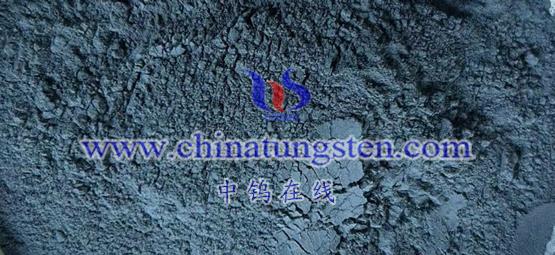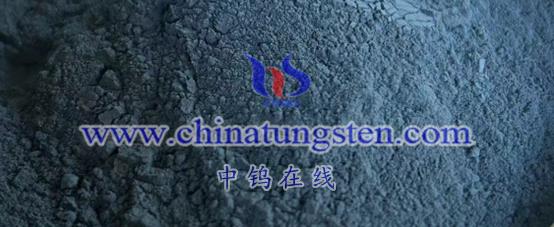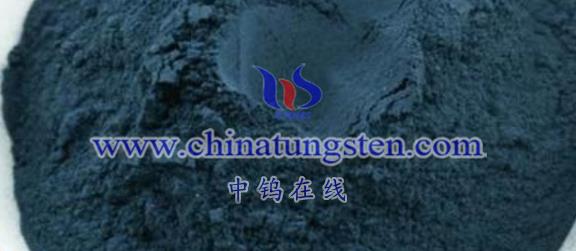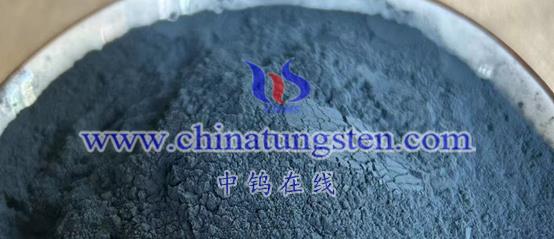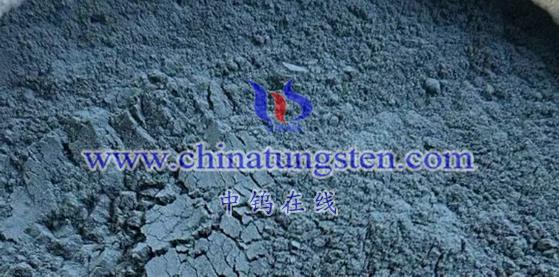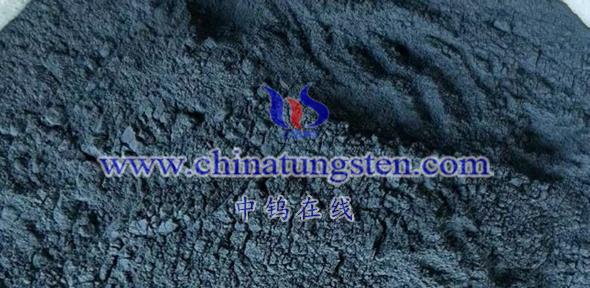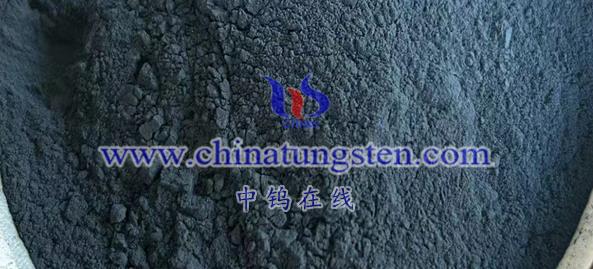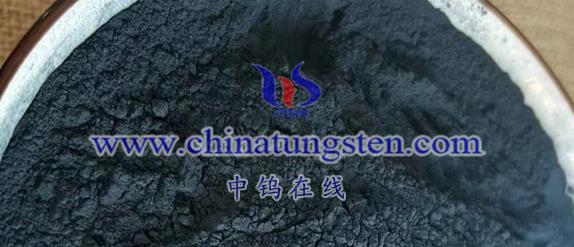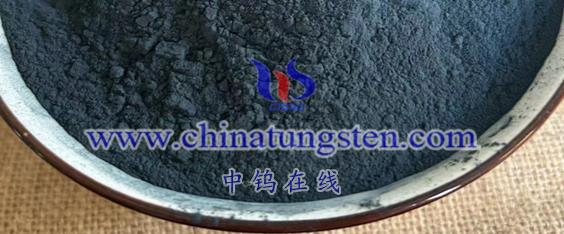
Surface oxygen vacancies in WO3 (tungsten trioxide) are defects that occur on the crystal surface due to the absence of oxygen atoms. Specifically, these vacancies form when oxygen ions (O²⁻) leave their lattice positions, resulting in missing oxygen atoms on the surface of the WO3 crystal.
Characteristics and Effects of WO3 Surface Oxygen Vacancies
- Defect Energy Levels and Bandgap Reduction
The presence of surface oxygen vacancies in WO3 introduces new defect energy levels within the bandgap, typically located just below the conduction band. This reduces the bandgap width, enabling WO3 to absorb a wider spectrum of light, especially in the visible and near-infrared regions. - Enhanced Light Absorption
Due to the narrowed bandgap and newly formed defect levels, surface oxygen vacancies significantly improve WO3’s light absorption capabilities. This enhancement makes WO3 with surface oxygen vacancies more active and efficient in applications like photocatalysis and photodetection. - Improved Photogenerated Carrier Separation
Acting as capture centers for photogenerated electrons and holes, oxygen vacancies effectively promote the separation of these charge carriers. Surface vacancies are particularly effective in this role, even more so than bulk vacancies. This enhanced separation reduces electron-hole recombination, increasing photocatalytic efficiency. - Increased Catalytic Activity
Beyond improving light absorption, surface oxygen vacancies provide additional active sites, allowing WO3 to exhibit greater catalytic activity during photocatalytic reactions. These active sites facilitate the adsorption and transformation of reactants, thus accelerating the rate and efficiency of photocatalytic processes. - Changes in Electronic Structure
Oxygen vacancies alter the electronic structure of WO3, affecting factors like band bending and Fermi level position. These changes have significant impacts on the material’s conductivity, optical properties, and catalytic performance.
Applications and Prospects of WO3 Surface Oxygen Vacancies
Thanks to the notable improvements in photocatalytic performance associated with surface oxygen vacancies, WO3 with these vacancies holds promise for applications in photocatalytic degradation of organic pollutants, photocatalytic sterilization, and hydrogen production via water splitting. Moreover, controlling the quantity and distribution of surface oxygen vacancies in WO3 can further optimize its photocatalytic efficiency for diverse applications.
Surface oxygen vacancies are a crucial defect type in WO3 crystals, significantly affecting their band structure, light absorption, photogenerated carrier separation, and catalytic activity. These effects grant WO3 with surface oxygen vacancies extensive application potential and prospects in photocatalysis and related fields.
More details of tungsten oxide product, please visit website: tungsten-oxide.com
Please contact CHINATUNGSTEN for inquiry and order of tungsten oxide:
Email: sales@chinatungsten.com
Tel.: 86 592 5129595
